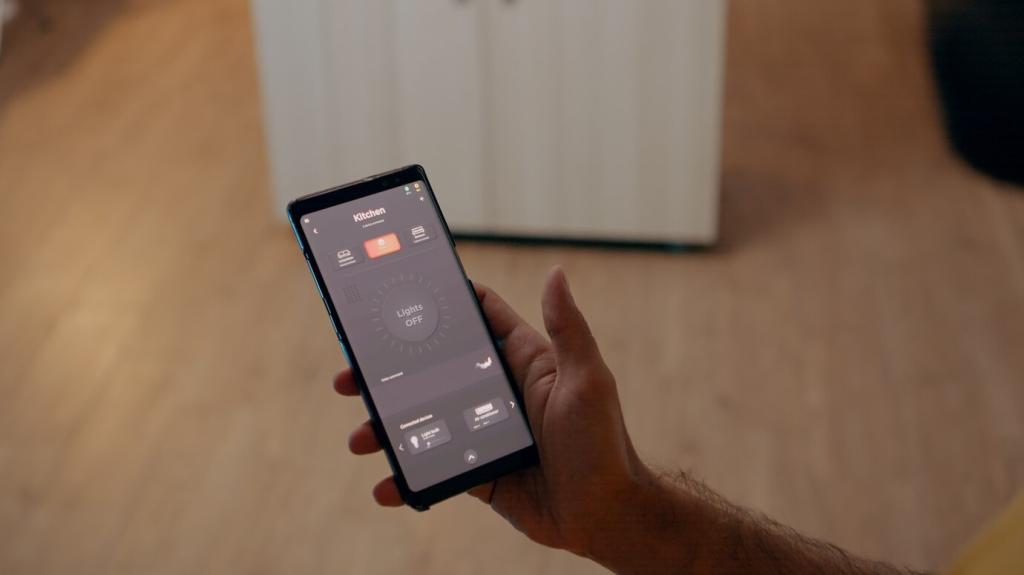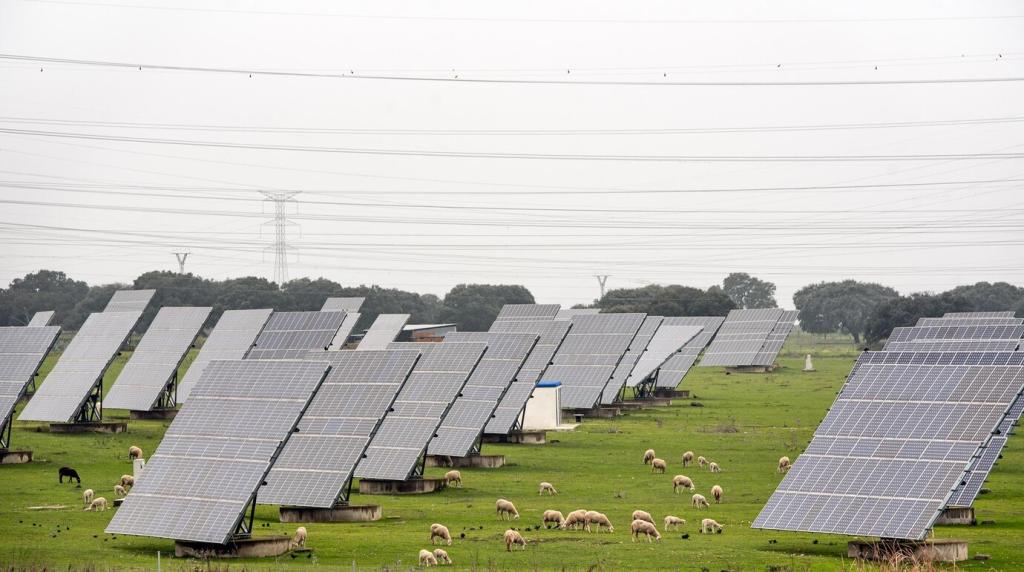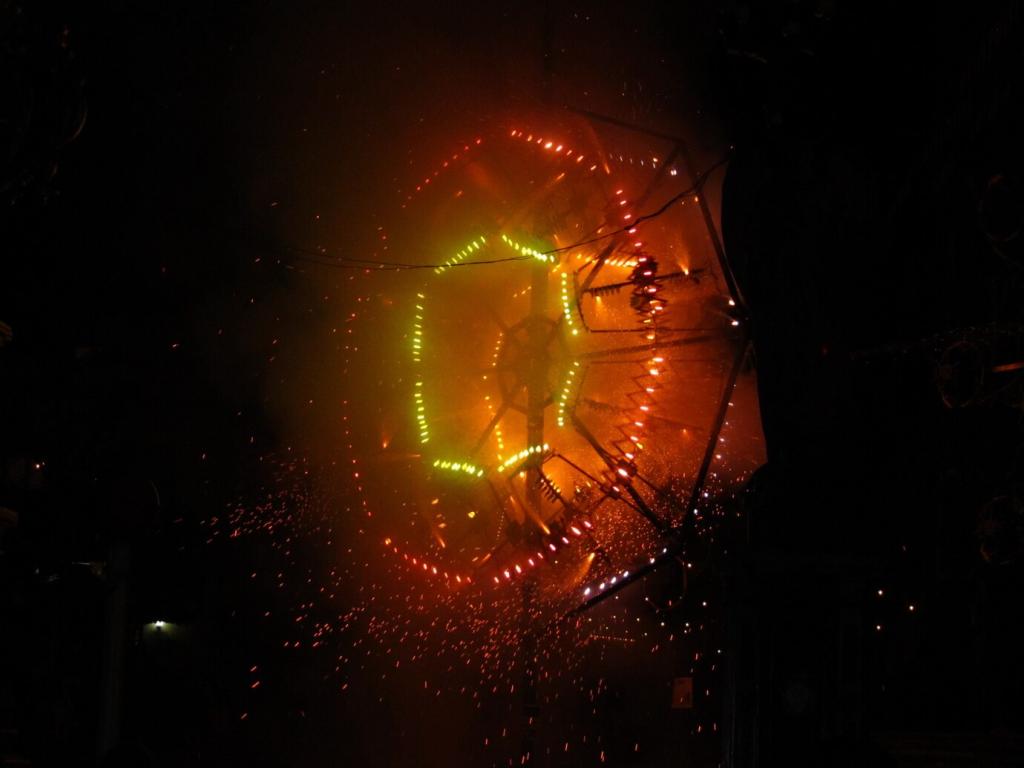Powering Tomorrow with Sustainable Charging Technologies
Today’s chosen theme: Sustainable Charging Technologies. Explore how clean energy, smarter hardware, and thoughtful design can make every charge lighter on the planet and smoother for people. Join the conversation—share your experiences, subscribe for updates, and help shape a brighter charging future.

This is the heading
Lorem ipsum dolor sit amet, consectetur adipiscing elit. Ut elit tellus, luctus nec ullamcorper mattis, pulvinar dapibus leo.

This is the heading
Lorem ipsum dolor sit amet, consectetur adipiscing elit. Ut elit tellus, luctus nec ullamcorper mattis, pulvinar dapibus leo.
Silicon Anodes and Fast-Charging Trade-Offs
Silicon-rich anodes store more energy but swell under stress. Smarter charging curves, precise thermal management, and adaptive algorithms deliver brisk top-ups while protecting cycle life. Many systems target eighty percent rapidly, then slow gently, striking a practical balance drivers appreciate and batteries tolerate.
Solid-State Promises and Realities
Solid electrolytes aim for safer, denser packs and faster, cooler charging. Yet challenges remain: dendrite suppression, stack pressure, and manufacturability at scale. Pilot fleets show promise, especially for shorter high-power sessions, but careful engineering and transparent testing are essential to keep expectations grounded.
Sodium-Ion and LFP Resurgence
Sodium-ion and LFP chemistries champion affordability, stability, and resource diversity. While volumetric energy density may be lower, their safety and robust cycle life enable frequent charging without drama. For urban fleets and stationary buffers, these chemistries deliver dependable sustainability where it truly counts.

Vehicle-to-Grid and Vehicle-to-Home
Bi-directional charging transforms cars into tiny power plants. During evening peaks or storm outages, stored energy bridges gaps, stabilizing neighborhoods and businesses. Early pilots show lower bills and calmer grids, while drivers appreciate the quiet assurance of resilient, portable backup power at home.

Demand Response and Time-of-Use Wins
By shifting charging to off-peak windows, drivers tap cleaner generation and lighter rates. Apps can pre-schedule sessions, pause during local peaks, and coordinate with rooftop solar. The outcome is elegant: fewer emissions, lower strain, and monthly savings without sacrificing daily mobility needs.
Renewables + Charging: Matching Sun, Wind, and Wheels
Solar Canopies and DC-Coupled Efficiency
Parking-lot canopies harvest sunlight where cars already linger. DC-coupled designs reduce conversion steps, trimming losses and boosting usable energy. Shade protects interiors, panels fuel commutes, and drivers feel the quiet pleasure of charging directly from the sky they parked under today.
Wind-Assisted Sites and Rural Corridors
In windy regions, modest turbines complement solar to stabilize supply. Rural highway chargers pair renewables with compact storage, ensuring dependable top-ups between towns. These hybrid sites keep journeys smooth, cut diesel reliance, and support tourism with clean, visible infrastructure drivers learn to trust.
Storage as the Silent Partner
Battery buffers soak up midday surpluses and release them during rush hours, limiting grid spikes and expensive upgrades. Paired with predictive software, storage flattens peaks while enabling consistent fast charging. The practical benefit is clear: reliable power, lower costs, and calmer operations.


Designing for People: UX and Behavior
Short, heavy cables frustrate real users. Simple reels, ergonomic handles, barrier-free reach, and good lighting turn friction into flow. Include tactile markers, audible cues, and intuitive cable rests, and more people charge independently, safely, and happily in all weather conditions.
Designing for People: UX and Behavior
Trust grows when pricing is transparent, uptime is high, and help is one tap away. Clear receipts, reliable authentication, and real-time station status prevent unpleasant surprises. When sessions start first try, people stay loyal and tell friends that sustainable charging simply works.
Building a Fair and Circular Charging Economy
Field-swappable modules keep chargers alive longer and reduce waste. Clear documentation, accessible parts, and diagnostics empower local technicians. Communities benefit from local jobs and less downtime, while operators avoid full replacements and earn goodwill for maintaining service responsibly and transparently over time.
Retired vehicle packs still store plenty of energy for stationary use. As on-site buffers, they support fast chargers, smooth peaks, and extend renewable reach. Reusing packs postpones recycling, lowers project costs, and proves that sustainability can be both ingenious and practical.
High-yield recycling recovers critical materials, reducing pressure on new mining. Pair that with verified supply chains and community safeguards, and each charging station becomes a statement of ethics. Support policies and programs that make clean mobility genuinely accountable from start to finish.

Join our mailing list
